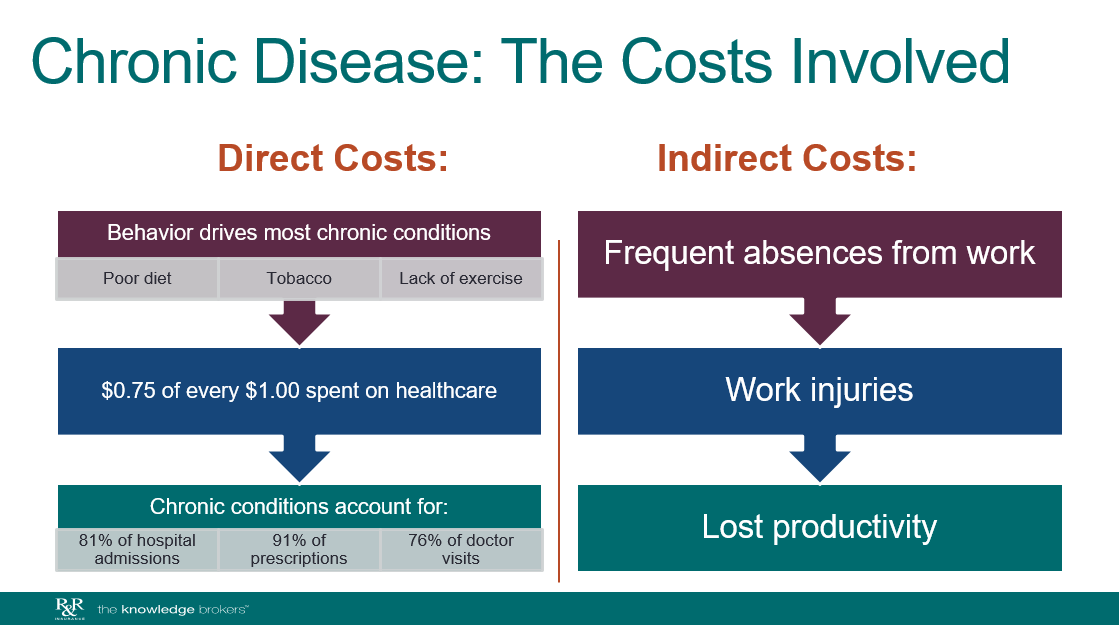The U.S. Preventive Services Task Force recommends that adults over the age of 19 and under the age of 65 get regularly screened for anxiety. This is the first time the Task Force has recommended anxiety screenings in adult primary care without symptoms.
According to the Anxiety and Depression Association of America (ADAA), "anxiety disorders are the most comment mental illness in the U.S. affecting 40 million adults (19.1% of the population) age 18 and older every year." While anxiety disorders are highly treatable, less than 40% of those suffering are receiving treatment.
While this proposed recommendation is not final and is in the public comment period through October 17th, this is an opportunity for the public to provide input and perspective for final approval considerations.
This News Brief explains further details around this.
If you are interested in discussing wellness programming further please reach out to our Strategic Wellbeing Consultant, Taylor Hahn.













